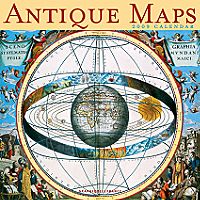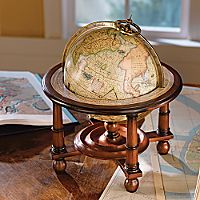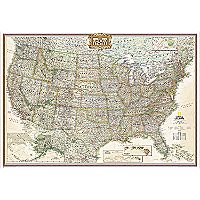
Buying antique furniture may be harder than you ever anticipated. You may have to go through oceans of fakes and reproductions before you get to the genuine article. That is the reason why it is necessary to look at an item thoroughly before deciding to buy it. Antique shopping is not a place for impulse buying; it has to be approached with great care and research in order to get the most from your antique furniture purchases.
An example of things going awry in the world of antique purchases is the case of Sam. It was Sam's first time to purchase an antique furniture item. He had been saving for such and was thrilled when he found a magnificent piece that he strongly believed to be genuine. It was a huge display cabinet that was beautifully made. The smooth talk and wit of the salesman sealed the deal. It was only two days later that he discovered that he has been duped and that the piece was a reproduction from an unknown carpenter in a nearby locale. At the end, he ended up US $20,000 lighter and with a piece of furniture that was worth way less.
If it is your first time to purchase an antique item, be wiser than Sam. Consult a professional if you can. If you don't have the means to do so, try reading and looking up tips in how to spot the fake from the genuine article. Here are some basic tips and tricks to help you get a genuine purchase.
(1) Get a thorough look at the object. Look at all sides of it and even at the bottom part. Don't settle for something standing against a wall without looking at its back. Try looking at these objects under bright light as flaws will generally manifest themselves under the scrutiny of a bright glare. Be wary of sales personnel who seem pensive and hesitant to show you all sides of the item. Consider that a red flag, they are usually hesitant to show you the product because it will show its true nature as a fake, a refurbished item and maybe even a reproduction.
(2) Ask questions. Ask yourself and other people if it looks old enough. Notice the wear on the product and try to conclude if it's genuine or not. Never be hesitant to inquire about the item. Ask about its origins, its previous owners and whatever. Remember that a genuine piece will likely have a long string of history attached to it.
(3) Check the outward appearance and the quality of the product. Look out for uneven shading and hues as this will alert you that the product is of less quality. Of course, expect blemishes, but look out for signs of shoddy workmanship like nail head sticking out and other signs.
(4) Last, but not least, a second opinion is always important. There will be things that only another pair of eyes can notice. An expert's opinion will always be one of the best. If you have to shell out some cash for the services of a known expert, it is always much more productive than purchasing something above its perceived value.
To find great deals and a variety of antique furniture in the UK visit: http://www.antiquesbizarre.co.uk
Author Info:
For author bio visit:http://www.steviebabysblog.com/











No comments:
Post a Comment